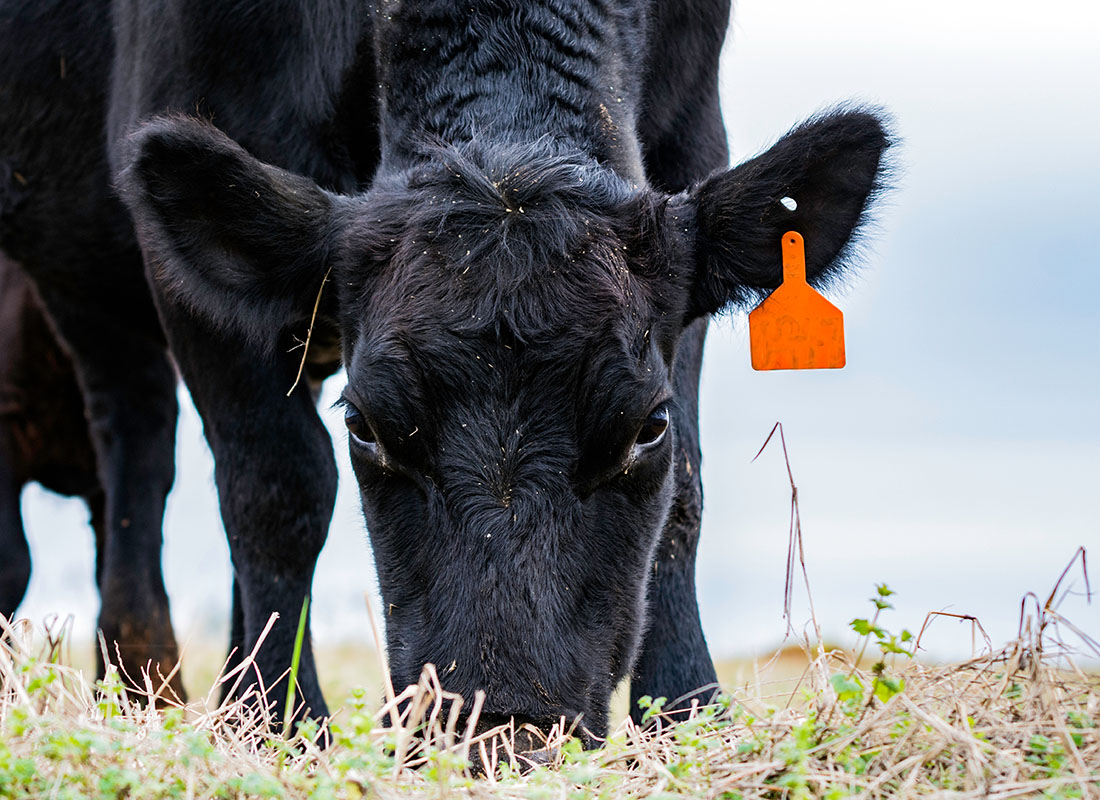Recognizing Livestock Danger Security (LRP) Insurance: A Comprehensive Overview
Navigating the realm of livestock threat protection (LRP) insurance can be an intricate endeavor for many in the farming field. From how LRP insurance policy functions to the different coverage choices available, there is much to uncover in this extensive overview that might possibly form the method livestock producers come close to risk administration in their organizations.

How LRP Insurance Works
Occasionally, recognizing the mechanics of Livestock Danger Defense (LRP) insurance can be intricate, however breaking down just how it works can provide quality for farmers and herdsmans. LRP insurance policy is a danger management device created to safeguard animals producers versus unanticipated cost declines. The policy permits producers to establish a protection level based upon their specific needs, choosing the variety of head, weight variety, and coverage cost. Once the plan is in location, if market rates fall listed below the coverage cost, manufacturers can file a case for the difference. It is necessary to note that LRP insurance coverage is not a revenue assurance; rather, it focuses only on rate risk defense. The protection duration commonly varies from 13 to 52 weeks, giving flexibility for producers to choose a period that lines up with their production cycle. By making use of LRP insurance, ranchers and farmers can reduce the economic risks associated with changing market rates, guaranteeing higher security in their procedures.
Qualification and Insurance Coverage Options

When it comes to coverage options, LRP insurance provides producers the versatility to select the protection degree, coverage duration, and recommendations that ideal suit their danger management needs. By understanding the eligibility standards and insurance coverage choices readily available, animals manufacturers can make educated decisions to take care of threat efficiently.
Advantages And Disadvantages of LRP Insurance Policy
When reviewing Animals Risk Protection (LRP) insurance, it is essential for animals manufacturers to consider the benefits and downsides fundamental in this risk administration tool.

One of the primary benefits of LRP insurance is its capacity to provide defense against a decline in animals rates. This can assist safeguard producers from economic losses resulting from market variations. Additionally, LRP insurance policy uses a degree of flexibility, allowing manufacturers to customize coverage levels and plan periods to fit their certain needs. By securing an ensured price for their livestock, manufacturers can much better take care of danger and strategy for the future.
Nevertheless, there are likewise some downsides to take into consideration. One limitation of LRP insurance coverage is that it does not shield versus all kinds of dangers, such as condition episodes or all-natural calamities. Costs can often be expensive, particularly for producers with big livestock herds. It is critical for manufacturers to meticulously examine their private danger exposure and economic scenario to determine if LRP insurance is the right threat more info here management tool for their procedure.
Comprehending LRP Insurance Premiums

Tips for Optimizing LRP Advantages
Optimizing the advantages of Animals Danger Security (LRP) insurance coverage requires calculated preparation and proactive danger monitoring - Bagley Risk Management. To take advantage of your LRP protection, consider the complying with suggestions:
Consistently Assess Market Conditions: Remain informed about market patterns and cost changes in the animals market. By keeping track of these factors, you can make informed decisions regarding when to buy LRP coverage to safeguard against potential losses.
Establish Realistic Insurance Coverage Degrees: When picking protection degrees, consider your production expenses, market see post worth of livestock, and prospective dangers - Bagley Risk Management. Setting practical coverage levels ensures that you are adequately protected without paying too much for unneeded insurance coverage
Expand Your Protection: Instead of relying entirely on LRP insurance, take into consideration expanding your threat administration methods. Integrating LRP with other danger management devices such as futures agreements or alternatives can supply detailed coverage versus market unpredictabilities.
Testimonial and Change Coverage On a regular basis: As market problems transform, occasionally examine your LRP protection to guarantee it lines up with your current threat exposure. Adjusting insurance coverage levels and timing of acquisitions can assist maximize your threat protection approach. By following these suggestions, you can maximize the advantages of LRP insurance and guard your livestock procedure versus unpredicted threats.
Verdict
Finally, animals risk defense (LRP) insurance is a valuable device for farmers to take care of the monetary dangers related to their animals procedures. By comprehending how LRP functions, qualification and coverage alternatives, in addition to the pros and disadvantages of this insurance coverage, farmers can make enlightened choices to shield their source of incomes. By carefully taking into consideration LRP premiums and carrying out approaches to make the most of advantages, farmers can minimize potential losses and guarantee the sustainability of their procedures.
Animals producers interested in acquiring Livestock Threat Protection (LRP) insurance coverage can discover a variety of qualification standards and coverage options tailored to their certain animals procedures.When it comes to coverage choices, LRP insurance coverage uses manufacturers the flexibility to choose the protection level, coverage period, and endorsements that best fit their danger monitoring demands.To comprehend the ins and outs of Visit Your URL Animals Danger Security (LRP) insurance policy totally, understanding the elements influencing LRP insurance policy premiums is essential. LRP insurance policy costs are established by various aspects, including the protection degree selected, the expected price of animals at the end of the coverage duration, the kind of animals being insured, and the length of the insurance coverage period.Evaluation and Change Coverage Frequently: As market problems change, periodically evaluate your LRP coverage to ensure it straightens with your current danger exposure.
Comments on “Expert Assistance: Bagley Risk Management Methods”